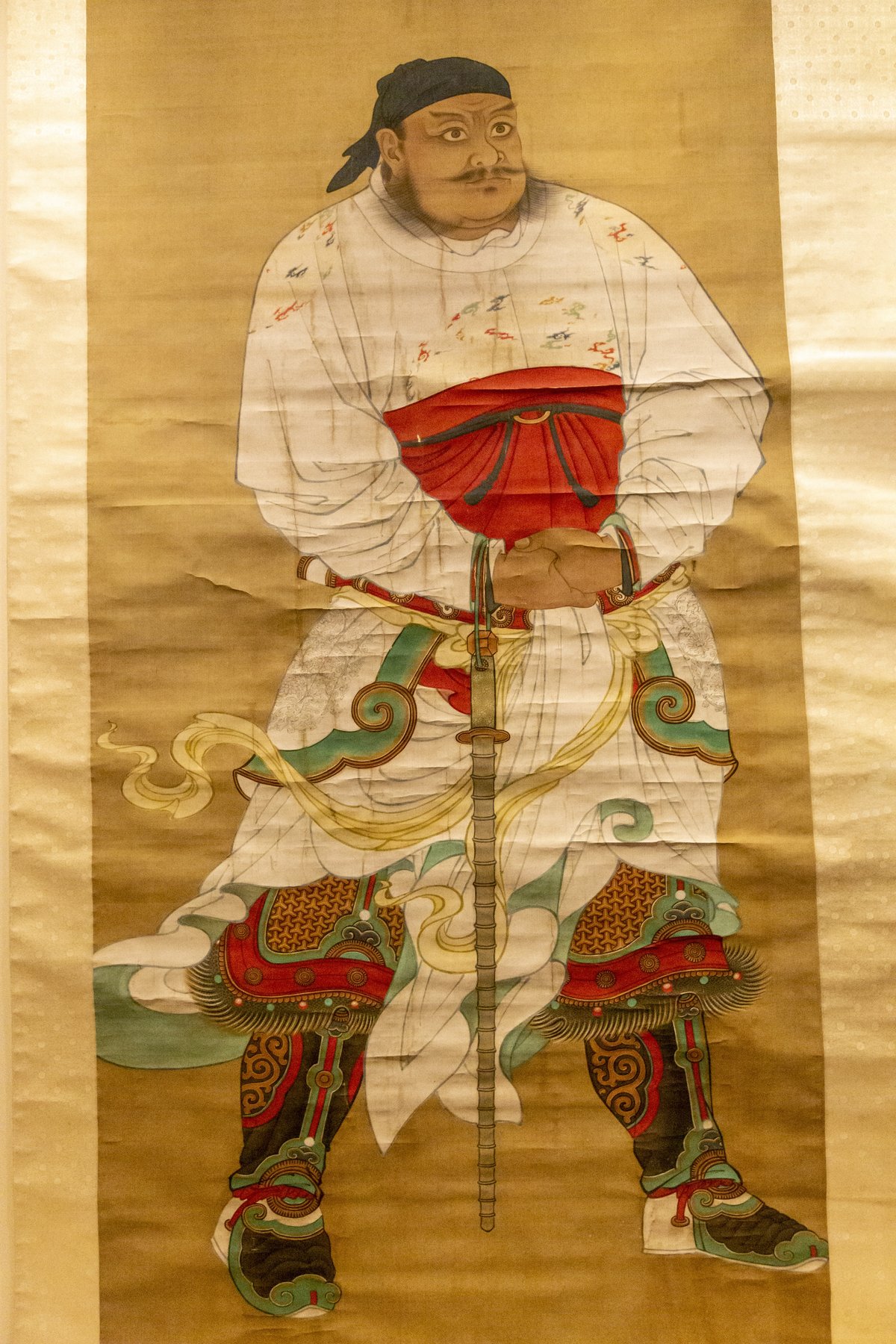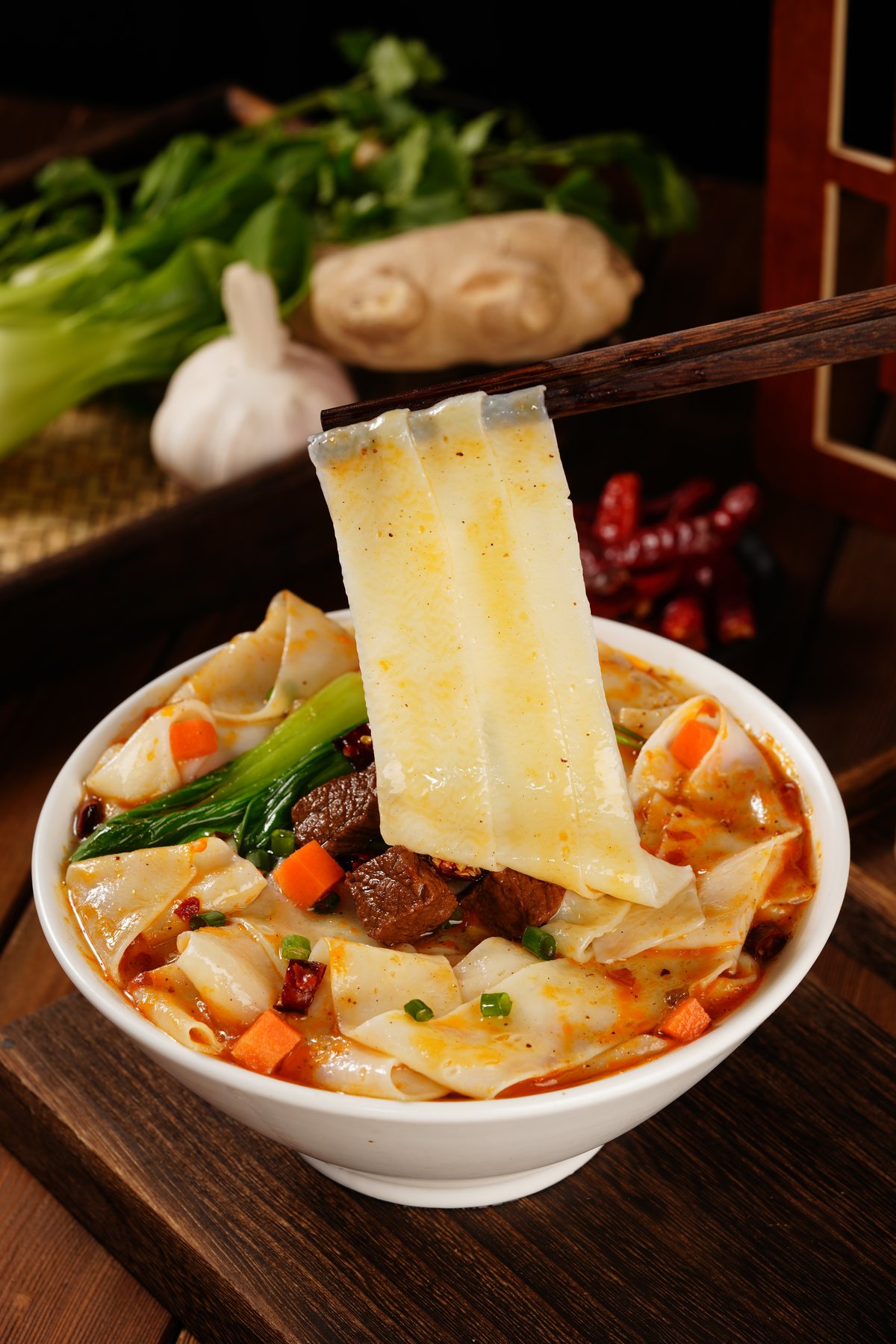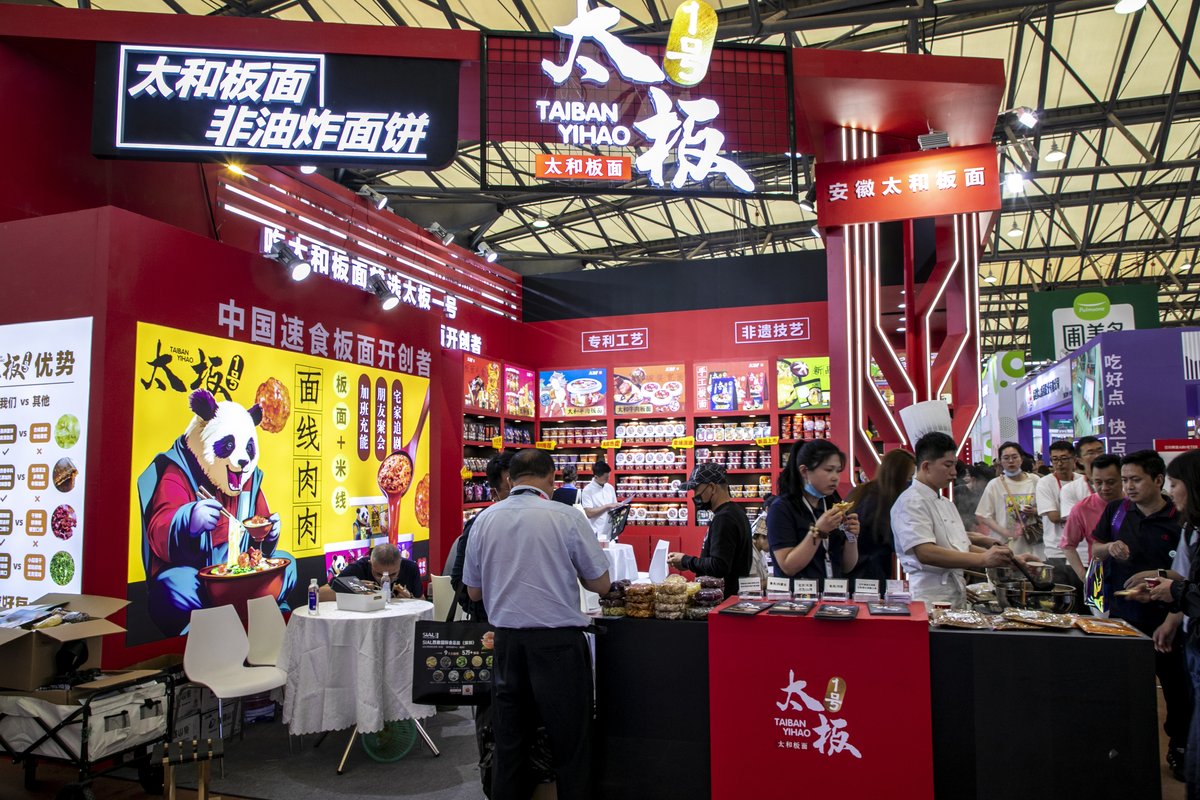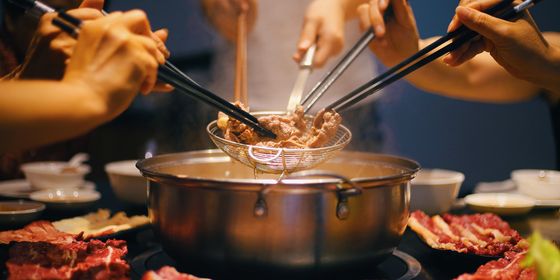How Anhui “banmian” spread across the nation and became associated with a city hundreds of kilometers away from its place of origin
Food can make or break a Chinese city’s attractiveness to tourists. Zibo, a small city in Shandong province, was full of people keen to try out its outdoor barbecue in summer last year. Harbin, the “ice city” of northeastern Heilongjiang province, attracted millions of visitors with a mix of winter sculptures and frozen pear dishes served to bewildered Southerners. Tourists have been flocking to Chongqing’s famous hot pot restaurants for decades.
But this winter, when Hebei province also began to play the food card to attract tourists, it took an unusual step. It advertised a local specialty from another province: Anhui flat noodles, or banmian (板面).
A popular meme on social media says that “The most authentic Anhui banmian exists in Shijiazhuang,” the provincial capital of Hebei, around 550 kilometers from the border of Anhui province. There is no doubt in Chinese netizens’ minds that Shijiazhuang is the true home of banmian, despite the protestations of locals and officials in Anhui’s Taihe county, where the dish originated.
The simple noodle dish gets its name from the way of preparation, where the dough is beaten and stretched on a wooden board to become wide, flat strings. It’s usually served in a broth seasoned with over 20 spices, and eaten with diced mutton and vegetables. One origin myth suggests the legendary general Zhang Fei invented the dish when he visited Fuyang city (which encompasses Taihe county) during the Three Kingdoms period (220 – 280). Since Zhang was born in today’s Hebei province, it’s natural the dish is more popular there now, the story goes.
Though it has long been more common in Shijiazhuang than in most towns in Anhui, shops around the country still bear the name Anhui banmian. “After living in Anhui for more than half of my life, I heard about Anhui banmian for the first time from a classmate from Cangzhou [a city in Hebei province],” one netizen wrote on the Q&A platform Zhihu in June 2021. “I feel like Anhui people can only know this food from Baidu Baike [a Wikipedia-like platform],” they added.
“I have never eaten banmian, nor seen a banmian restaurant,” says Ding Liang, a photographer from Hefei, the provincial capital of Anhui. “Maybe it’s consumed only in northern Anhui.”
Ding’s suspicion is partly correct. The Yangtze River and Huaihe River traverse Anhui, dividing it into three parts: southern Anhui, central Anhui, and northern Anhui, and the cuisine in each region differs significantly. Northerners prefer noodles, while people in the South love rice. Taihe county is in the north and banmian never made its way to the south. Perhaps because southern Anhui is a more developed region close to the Yangtze River Delta (where some of China’s richest cities are), the cuisine in southern Anhui is more influential nationwide. When people think of Anhui specialties, they often neglect northern Anhui food including Taihe’s banmian.
The dish has become famous outside of Anhui, partly due to the province’s role as a major source of labor that migrated across the country. In the 1980s and 1990s, large numbers of people left Fuyang to find work elsewhere. They flocked to cities like Beijing and Tianjin, bringing the recipe of banmian north. Shijiazhuang, a key railway intersection and burgeoning industrial city, was another of their main destinations.
In 1902, the tracks for the Beijing-Hankou Railway, stretching 1,214 kilometers to today’s Wuhan, were laid through Shijiazhuang, a village with only 600 people then. Quickly, merchants began to arrive from across the country, and the town grew. After the founding of the People’s Republic of China in 1949, Shijiazhuang became an important industrial city producing pharmaceuticals, textiles, machinery, and chemicals. By 1990, these industries had drawn new residents and its population reached over 2.8 million.
Shijiazhuang is on the North China Plain, a major production center for the wheat needed to make noodles. Anhui’s firm, chewy flat noodles soon won people’s hearts. But mutton, the main ingredient of Taihe banmian, was replaced by beef, a more common (and perhaps cheaper) meat in Shijiazhuang.
Over the years, Shijiazhuang’s version of Anhui banmian evolved its flavors: Beef and boiled eggs are the standard toppings. Ingredients like tofu, ham, meatballs, and mushrooms are almost always available to add according to personal taste. “Everyone can cook banmian, but if you want the noodles to be chewy, you must beat it as much as possible on the board,” Wang Shuqi, the owner of a popular banmian restaurant in Shijiazhuang, told news platform Hbynet.com in 2020. “And the chili pepper in the broth is the essence. Chili, beef, and all the ingredients need to be fried in beef tallow so that the broth can be thicker and more flavorful.”
Its low price also made banmian attractive to blue-collar workers in Shijiazhuang. In most restaurants, a bowl of banmian sells for less than 10 yuan today. “I remember banmian became popular in the early 2000s…At first, it was served by street vendors, but soon it was everywhere,” recalls Song, a millennial English teacher born in Shijiazhuang who only gave his surname. “I don’t think everyone loves its taste, but it still became more and more popular on the streets. Maybe because it’s very cheap and accessible.”
Around 20 years ago, a bowl of banmian would cost 2 or 3 yuan, according to Song. “There was no so-called ‘must-visit’ restaurant,” says Song. But people still had their favorite spot: “Someone would tell you ‘the banmian in front of my school gate is really good.’”
On top of countless street vendors, there are now around 1,800 companies in Shijiazhuang with “banmian” in their name according to Tianyancha, a business data site. Originally, many of the restaurant owners were migrants from Anhui, but now people from all over have opened shops selling the simple dish.
In recent years, some have tried to take banmian to bold new horizons. A restaurant named Noble Noodle in Shijiazhuang launched a luxury version of banmian last year. With ingredients including sea cucumber, abalone, beef, and various rare fungi, a bowl sold for a whopping 20,198 yuan. It didn’t lead to many buyers, however, with many netizens calling the brand out for what they saw as a blatant marketing ploy.
While banmian has become synonymous with Shijiazhuang, Taihe county is fighting to get its dish back. In May 2015, local authorities added the banmian-making process to Taihe county’s intangible cultural heritage list. Last year, Taihe’s Human Resources and Social Security Bureau stated that building and protecting the brand of Taihe banmian was an “urgent task” because of the confusion over its origin. The local authorities vowed to promote the county as the “hometown of banmian.”
Ding Liang, however, doesn’t feel optimistic about the future of banmian in Anhui. “Just because you list it as a cultural heritage doesn’t mean it will get more popular,” he says. “The only advantage we may have is that ‘Anhui’ is in its name. But if we don’t do more, its name will become the only link between the noodle and us.”
Nevertheless, banmian continues to spread, even abroad. In January, New York magazine’s food and restaurant blog Grub Street reported on a restaurant in NYC selling Anhui banmian, calling it perhaps “the neighborhood’s best new bowl of noodles.” The owner of the restaurant, however, is originally from Hebei province, not Anhui.















